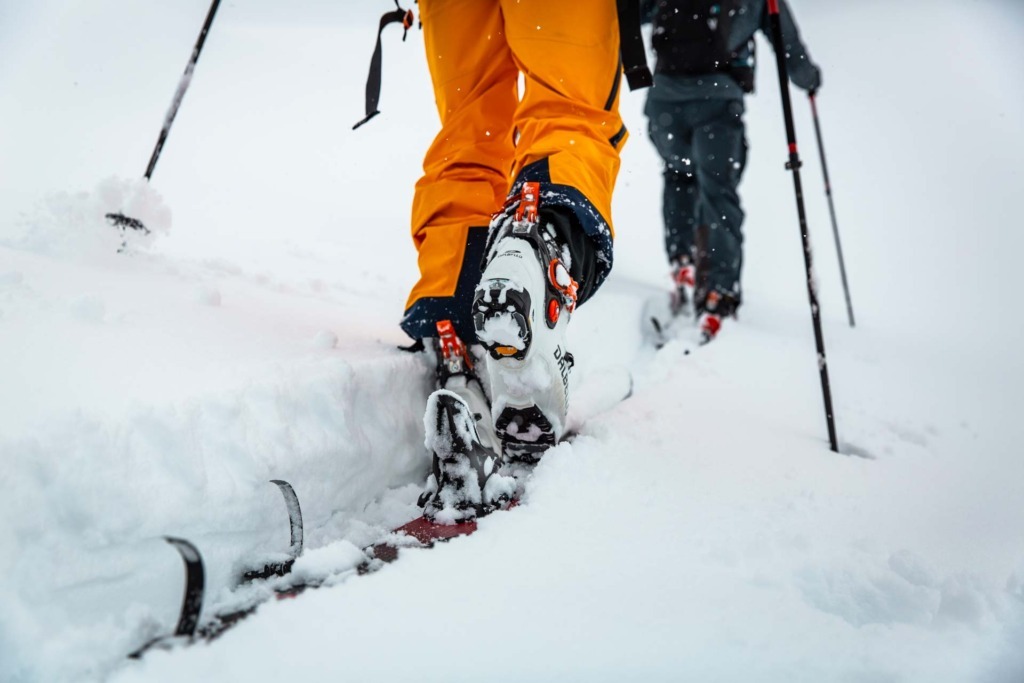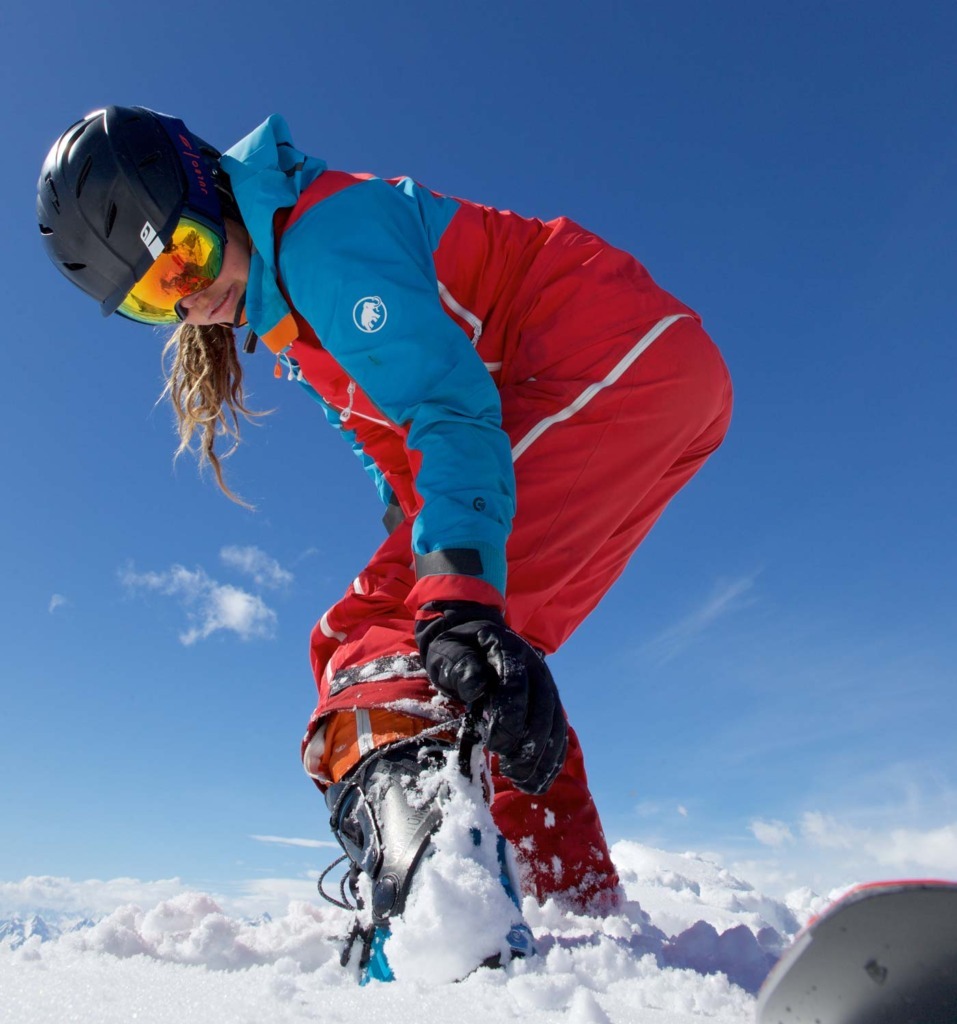Ski touring boots – the right setting for the ascent and descent
everything you always wanted to know about gear
how to
How to store your pole in steep terrain to climb better
Touring Hacks with Pros We asked our best ski touring experts to reveal their top ski touring hacks. All of our pros are from the ski and mountain guide industry …
Ski touring – correct hiking techniques
Ski touring correct hiking techniques Walking while ski touring or ski mountaineering should be a rhythmic, calm, flowing and ergonomic sequence of movements. It should become an automated movement, so …
Are you well prepared?

